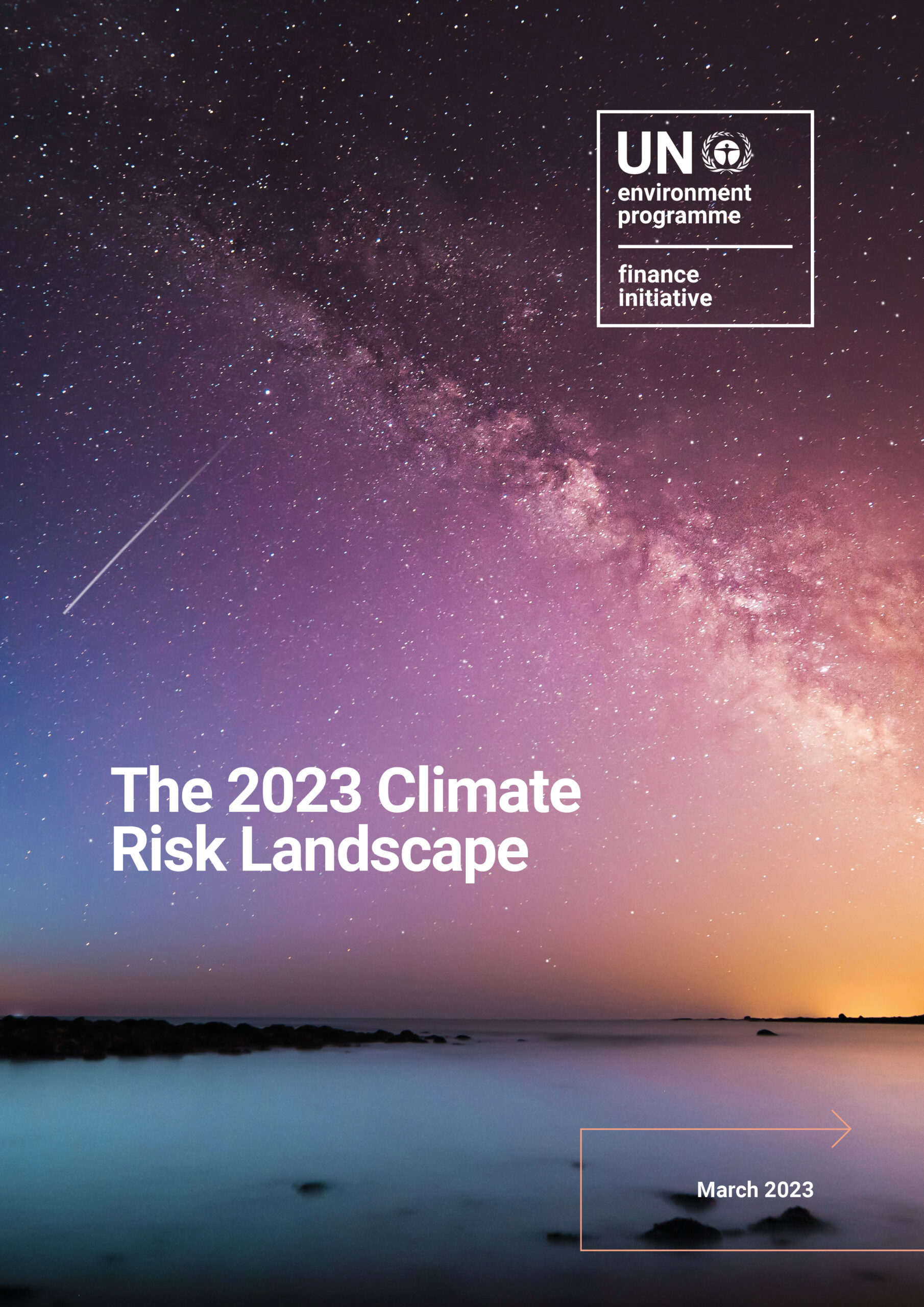As part of the implementation tools for holistic impact analysis it has developed since the release of the Principles for Positive Impact Finance, the PII has issued a set of ‘impact mappings’, considering the positive and negative associations between sectors (e.g. car manufacturing) and impact areas (e.g. resource efficiency), as well as the level of country/global needs vis a vis impact areas (e.g. Morocco and employment).
The mappings have been based on internationally recognized standards and research, and have benefitted from early trialing and refinement as part of the development process of the PII’s Impact Analysis Tools.
It is, however, the first time such a comprehensive mapping has been undertaken. In order to ensure that the mappings are of maximum accuracy and hence value, an open review and co-creation process is available on an on-going basis.
Download the mappings and start reviewing
What exactly is for review?
- The sector/impact map provides a mapping of positive and negative impact associations (economic, environmental and social) to existing business sectors and activities
- The key sector map provides a mapping of sectors that are key to different impact areas
- The mapping of country impact needs provides a high level view of which impact needs are most pressing in which countries
- The mapping of global impact needs provides a high level view of which impact needs are most pressing globally
Who should participate?
- Industry practitioners and associations
- Impact experts
- Academia
What’s in it for me?
The impact mappings are open-source and available for reference and use by all. The more of us participate in refining them the better and more useful the mappings will be for all of us. That’s why UNEP FI likes to think of this as a co-creation process.
What happens with my review?
UNEP FI will compile all reviews and proceed to update the mappings on a semesterly basis. This will be an inclusive and iterative process in which you can decide your level of involvement and ownership. The compilation as well as the proposed updates and key points for discussion will be circulated to those interested as part of the process to consolidate each new version.
The latest update is from July 2021.
How do I get started?
It’s easy. All the mappings have been collated into one easy to download file, which you can make inputs to directly. Once you are done, just send the file back to us. Further guidance is included directly in the file. Please use the link at the top of this page to download the file.
Contact
Careen Abb, Programme Lead, Positive Impact Finance, UNEP FI (careen.abb@un.org)
Frequently Asked Questions
What are the use cases of the mappings?
- The mappings are an integral part of the PII Impact Analysis Tools. As per the figure below, both tools consist of two components: a workflow and the mappings, which act as a set of in-built resources.

- The mappings can also be used independently of the PII tools, as input to other processes, methodologies and tools.
What impact areas are considered in the mappings?
22 impact areas, across the economic, environmental and social dimensions of sustainable development are considered in the mappings. These were determined on the basis of international standards and definitions such as the Universal Declaration of Human Rights. They cover all aspects of the SDGs. They are captured in the Impact Radar released by UNEP FI in 2018.
Which sector classification is used in the sector-impact map and the key sectors mapping?
The sector mappings are based on the UN International Standard Industrial Classification of All Economic Activities (ISIC). ISIC forms the basis from which national industry classification codes have been derived. Correspondence tables between ISIC and most national industry classification codes are available. An automated code converter between ISIC, NACE, NAICS and ANZIC has been developed by the Frankfurt School of Management and can be accessed here.


